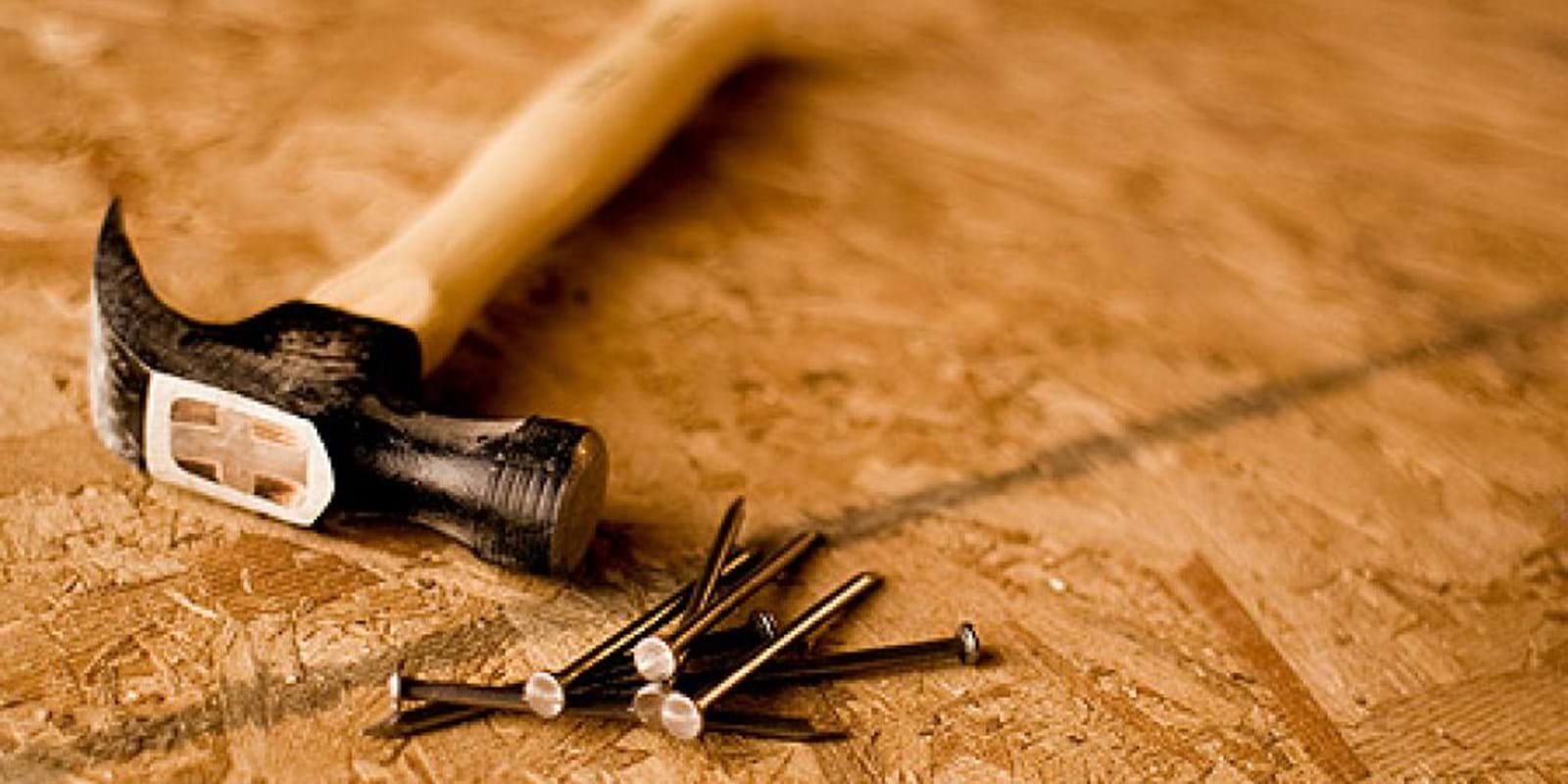In the past, theft and fire damage accounted for the largest share of property insurance claims. But for over a decade, statistics from the Insurance Bureau of Canada (IBC) show that water damage has become a much greater concern for insurers. In 2010, water damage claims accounted for 50% of all insurance payouts. Although we can’t control Mother Nature, we can reduce the risk of water damage by simple prevention.
The roof is a key component of any building. Poor or damaged roofing is often the cause of most water damage and disputes. It’s worth noting that pitched roofs often have fewer problems than flat roofs, where it’s often more difficult to locate the source of water infiltration. In this fact sheet, we’ll take a look at ways to prevent water seepage through the roof.
CONDITION OF THE ROOF
The life expectancy of a roof depends primarily on the type and quality of roofing materials used. You can expect a multilayer flat roof to last 20 to 25 years. For pitched roofs, life expectancy is likely to be anything from 15 to 30 years for asphalt shingles, 25 years for cedar shingles, above 50 years for metal roofs and 100 years for slate. Obviously, improper installation and inadequate maintenance can affect these averages. Poor maintenance can reduce life expectancy by as much as 25% according to the Institute for Research in Construction at the National Research Council Canada. In other words, a badly maintained roof will deteriorate much more rapidly, so it’s important to regularly inspect the condition of your roof.
If you have a pitched roof, examine the roofing material for signs of wear and age (missing or loose shingles, buckling, upturned corners, etc.). Pay special attention to flashing around chimneys and air vents. Make sure it isn’t broken or warped, and check that the caulking is in good condition. Also check to make sure your satellite dish or other equipment is securely attached.
If you have a flat roof, get up there and check it at least every 6 months and after bad weather. Examine the general condition of the roof and look for any visible signs of damage that might let water through.
What to look for:
Signs of erosion
Sagging or blisters
Holes or cracks
Damaged or missing flashing
Inadequate or unstable supports (air conditioning units, ventilation ducts, antennas, etc.)
Unevenly distributed loads
Blocked drains and poor drainage (slope, water accumulation, etc.)
Inappropriate or raised fasteners or underlay
Poorly sealed or leaking joints
Debris (wood, nails, brick, metal, etc.)
Growth of moss or grass
Damaged pitch pockets or unsealed skylights
Always make sure there is enough gravel on the roof and add extra if needed to avoid shortening the life of your roof. Gravel prevents black surfaces from overheating in the sun. It also reflects ultraviolet rays, preventing premature damage to the membrane. According to an article in the Canadian Building Digest, CBD-151-F, "Drainage from Roofs," one of the major causes of water leaking into flat or low sloped roofs is defective flashing where the roofing membrane meets expansion joints, parapets and other walls or roof features, or around vents and ducts.
ROOF DRAINAGE
Most flat or low sloped roofs evacuate water using drains connected to downpipes, which lead into storm drains or are deposited onto soil to flow into drainage ditches. The number and size of these drains is usually based on precipitation levels in your area. Make sure drains and downpipes aren’t blocked. Slopes to the drains should be designed so that water doesn’t remain in pools on the roof but drains away as quickly as possible.
On pitched roofs, eavestroughs and downspouts drain water from the roof and away from the building. Problems can arise when dead leaves or other debris accumulate, reducing the efficient flow of water. In the winter, water trapped under ice can seep through the eaves, causing the roof to deteriorate prematurely, and can even make its way inside the building. If eavestroughs fill with ice, they can sometimes tear away from their supports. At other times of the year, heavy rain can overflow out of the eavestrough with the same result. Water seepage inside the building can cause property damage, while continuous, undetected leaks can lead to mould over time.
Here are some tips to reduce the risk of water damage by ineffective eavestroughs and downspouts:
Inspect and clean the eavestroughs and downspouts at least twice a year, in the spring (after foliage has grown) and fall (after the leaves have fallen). Do spot checks and fix any problems if you notice your eavestroughs overflowing.
Make sure downspouts carry water as far as possible from the foundations.
Check for stagnant water in the eavestroughs. This problem is generally caused by inadequate slopes from sagging eavestroughs.
Correct the problem by tightening or solidifying the fasteners.
Consider installing wire netting or another suitable device on top of your eavestroughs to prevent the accumulation of leaves, gravel or other materials that can prevent adequate rainwater runoff.
In collaboration with JEAN-JACQUES FOURNEL – safety expert
Warning
The information in this fact sheet is of a general nature and is provided for information purposes only. It is not exhaustive.

